Khrushchev’s dacha in Kiev: bears, pheasants and statues with lions
My report from inside the house of the former President of Ukraine Viktor Fyodorovich Yanukovych aroused genuine interest among readers and quickly went viral on the Internet. People enjoyed seeing the house of one of the most expensive presidents in the world (after Obama and Putin). In addition, photos of the house’s surroundings made an impression.
In 2015, returning from Albania to Ukraine via Greece, I arrived in Kiev on a Thessaloniki – Kiev flight with Muzendis airline, after which I had lunch and decided to visit another interesting building. The thing is that there are several of Khrushchev’s dachas in Kiev that have survived to this day, which you can see from the outside if you wish.
I will show you how one of the biggest party figures of the USSR and the Ukrainian SSR lived at his dacha, I will tell you the history of this building and what animals he kept, as well as the fate of these buildings. Let’s go!
In Kiev, on Tatarka, not far from the source of the Glubochitsa River, which is buried under the earth, construction of an estate began during the Russian Empire. It was commissioned by the pharmacist assistant Octavian Belsky to the architect Nikolai Kazansky. In 1893, construction began, but not before Belsky was able to enjoy the result of the labor of the builders and architect, as the red power came. The mansion and the adjacent park were nationalized. Citizens often began to relax in the park.
After a while, the house became of interest to Vsevolod Balitsky, the People’s Commissar of Internal Affairs of the Ukrainian SSR, who ordered a fountain, arches and arbors, and statues to be built in the park. But soon he was transferred to the Far East, and the building and the park were turned into a pioneer camp for children of NKVD workers.
At the end of 1943, the future First Secretary of the CPSU Central Committee (the highest leader in the USSR), and at that time – the First Secretary of the Central Committee of the Communist Party of Ukraine Nikita Khrushchev wished to occupy this house. Additions were made to the buildings and the park was ennobled. The building was enclosed with a new fence and taken under tight control. It was forbidden to approach it, to stop near it. The route of one of the city trolleybuses that ran in the immediate vicinity of the building was changed.

And at the same time, inside the mansion, which due to these events was named “Khrushchev’s Dacha” by the people, Nikita Sergeevich worked and relaxed. For this purpose, a pond was filled in the center of the park, into which live fish were regularly brought, which the leader of the Ukrainian SSR could catch for hours on a fishing rod and then feed to his bears.
It was to this dacha, by order of Khrushchev, that the commander of the 1st Ukrainian Front, General Vatutin, who was wounded by UPA soldiers, was brought in 1944.
Yes, bears. Many leaders had a weakness for keeping animals. Yanukovych had his own zoo, and the Prague zoo is a legacy of the royal menagerie.
In addition to bears, Khrushchev also has peacocks here. A special half-sphere aviary was built for them. They either walked around the territory or stayed in it.
In 1949, Khrushchev moved to Moscow. The estate remains on the balance sheet as the residence of the Central Committee of the Communist Party of Ukraine. The last person to live and work here was Pyotr Shelest. His successor gave up this mansion and moved to Mezhyhirya. The mansion, along with the territory, was transferred to the Research Institute of Pediatrics, Obstetrics and Gynecology. It belongs to them now.
It is worth noting that the organization is completely unwilling to preserve the historic building. It is in a state of disrepair and I have the impression that it is being done for a reason. At the same time, the place is very interesting.
The building is beautiful and if it were restored, it would be possible to organize excursions here. The park area, where young mothers and pregnant women stroll, is covered with flowerbeds, once luxurious bridges and arches. All of this is in a state of disrepair.
Entrance to the park is free. The park is interesting to wander around, as the owners’ efforts will have left nothing of its former splendor after a while.
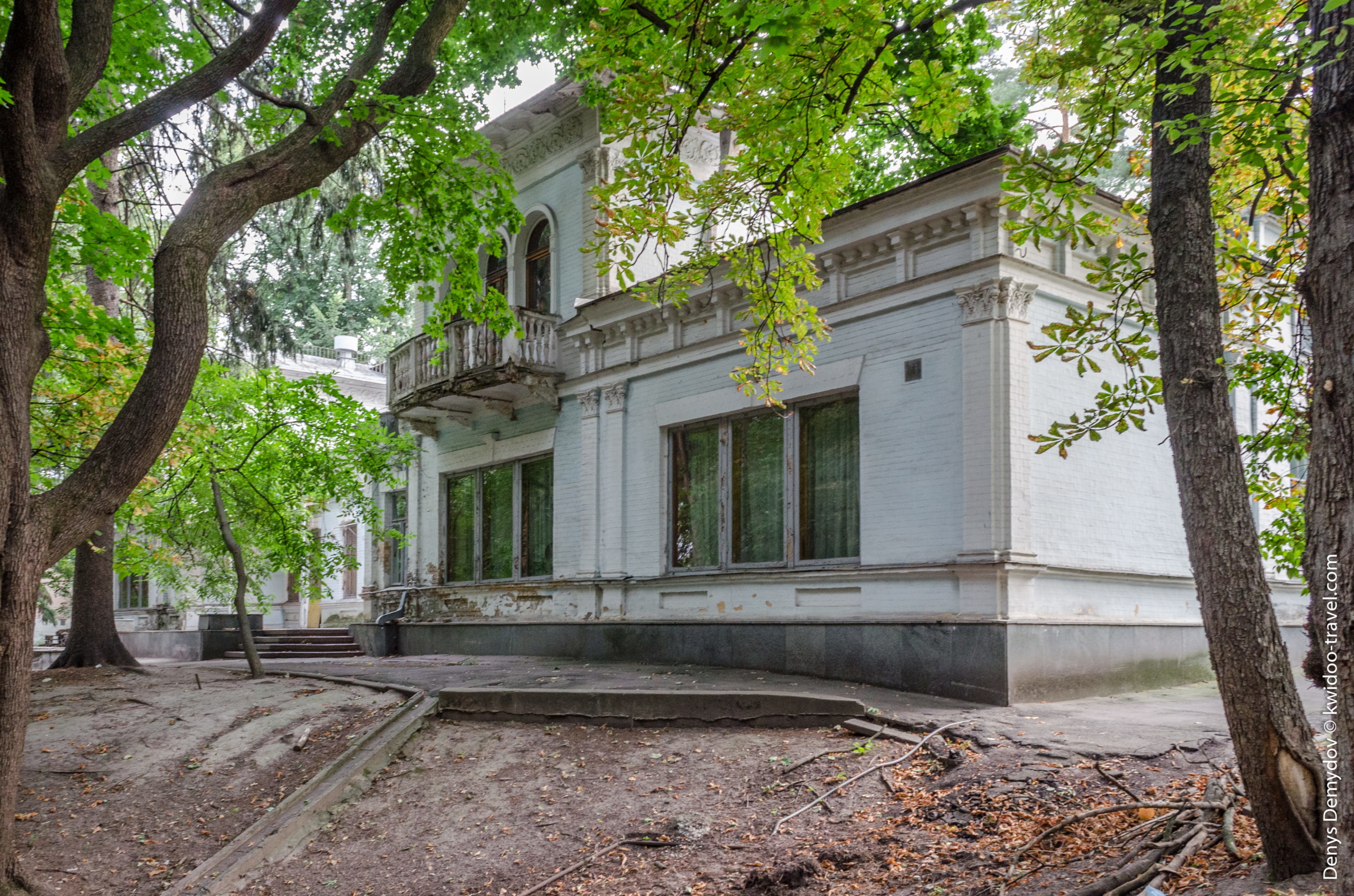
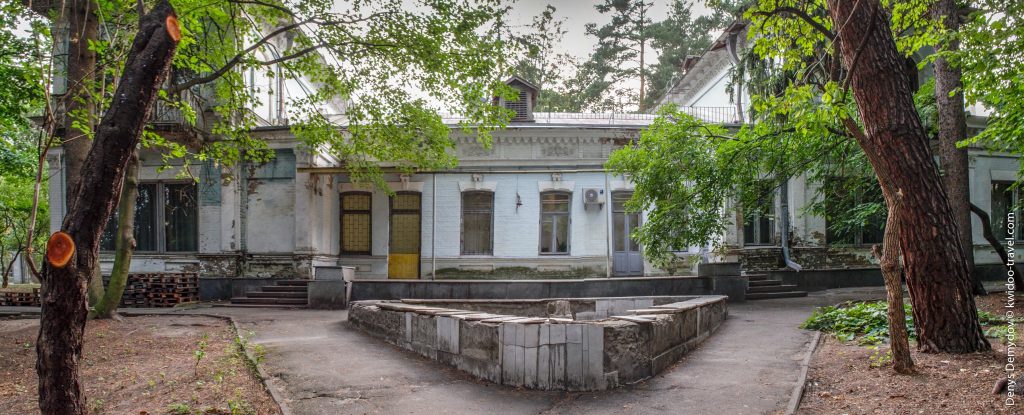

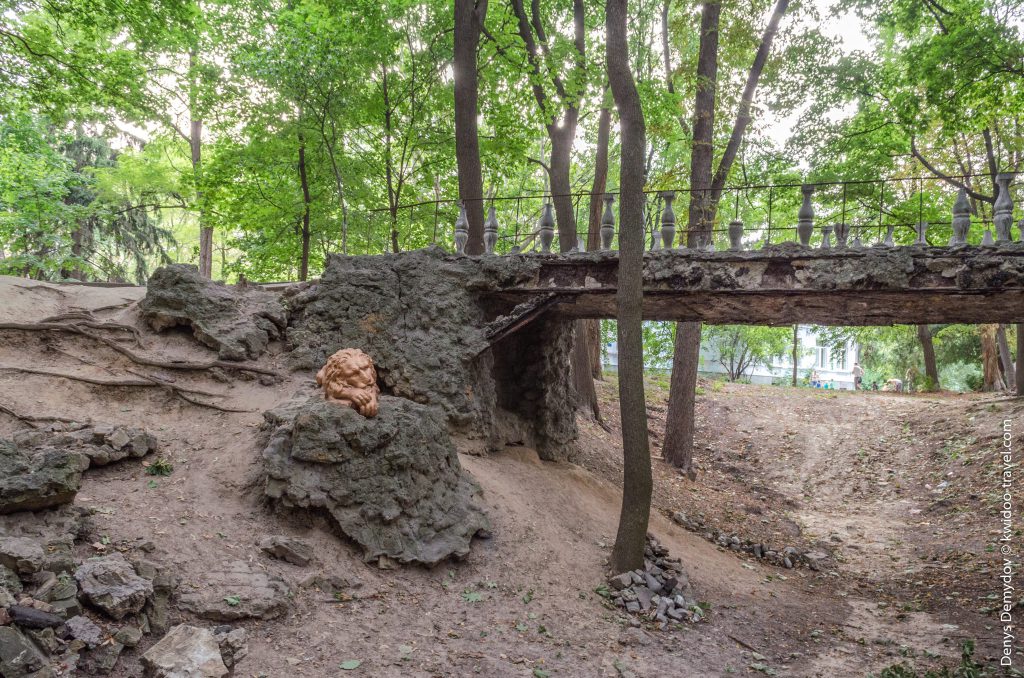
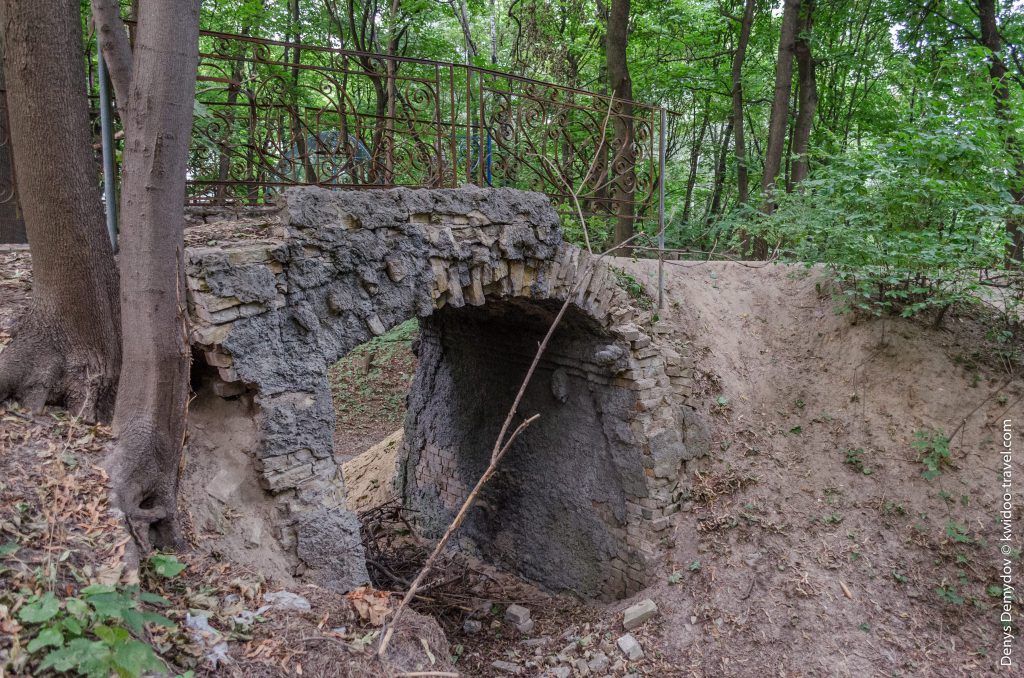
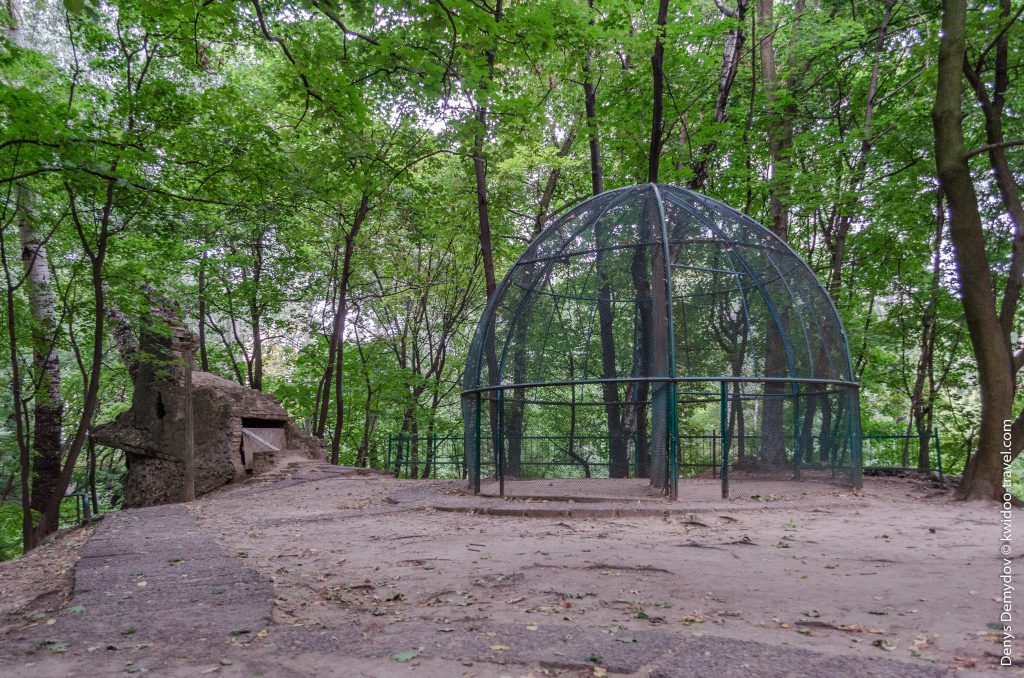
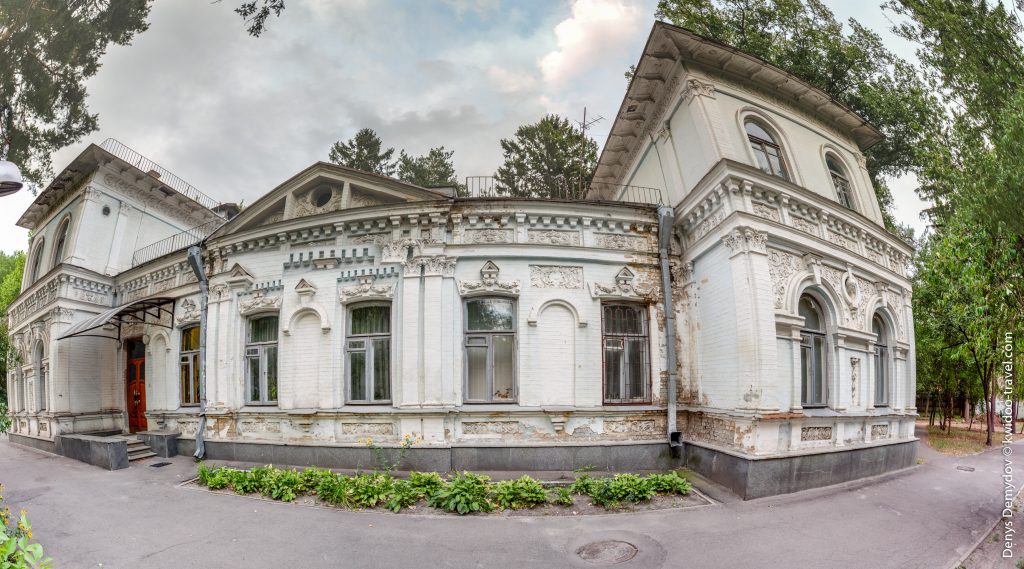
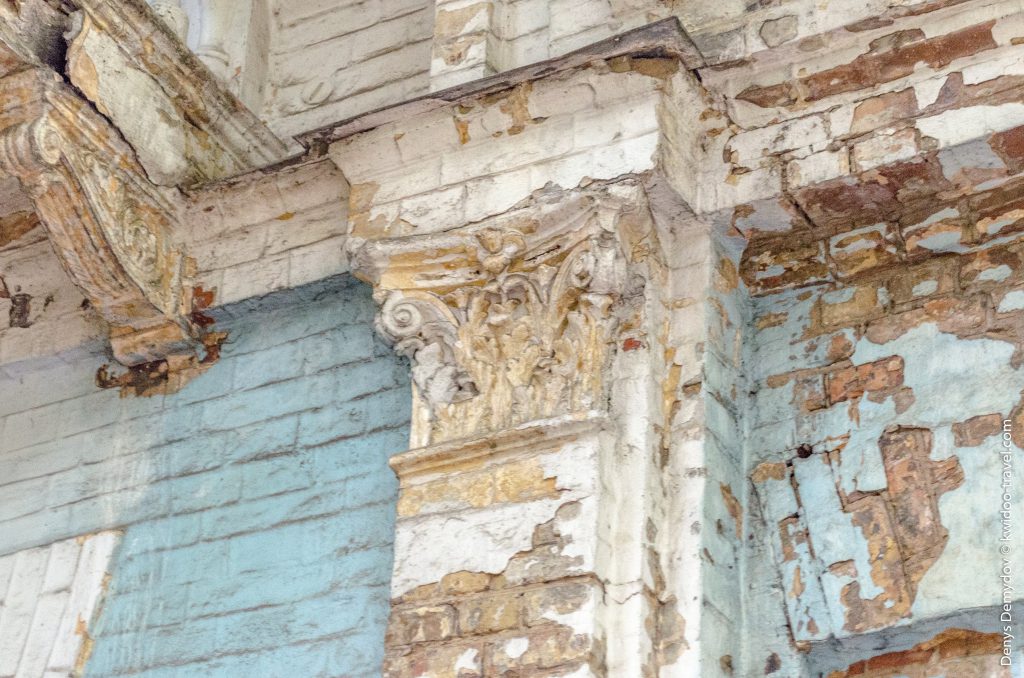


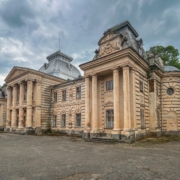


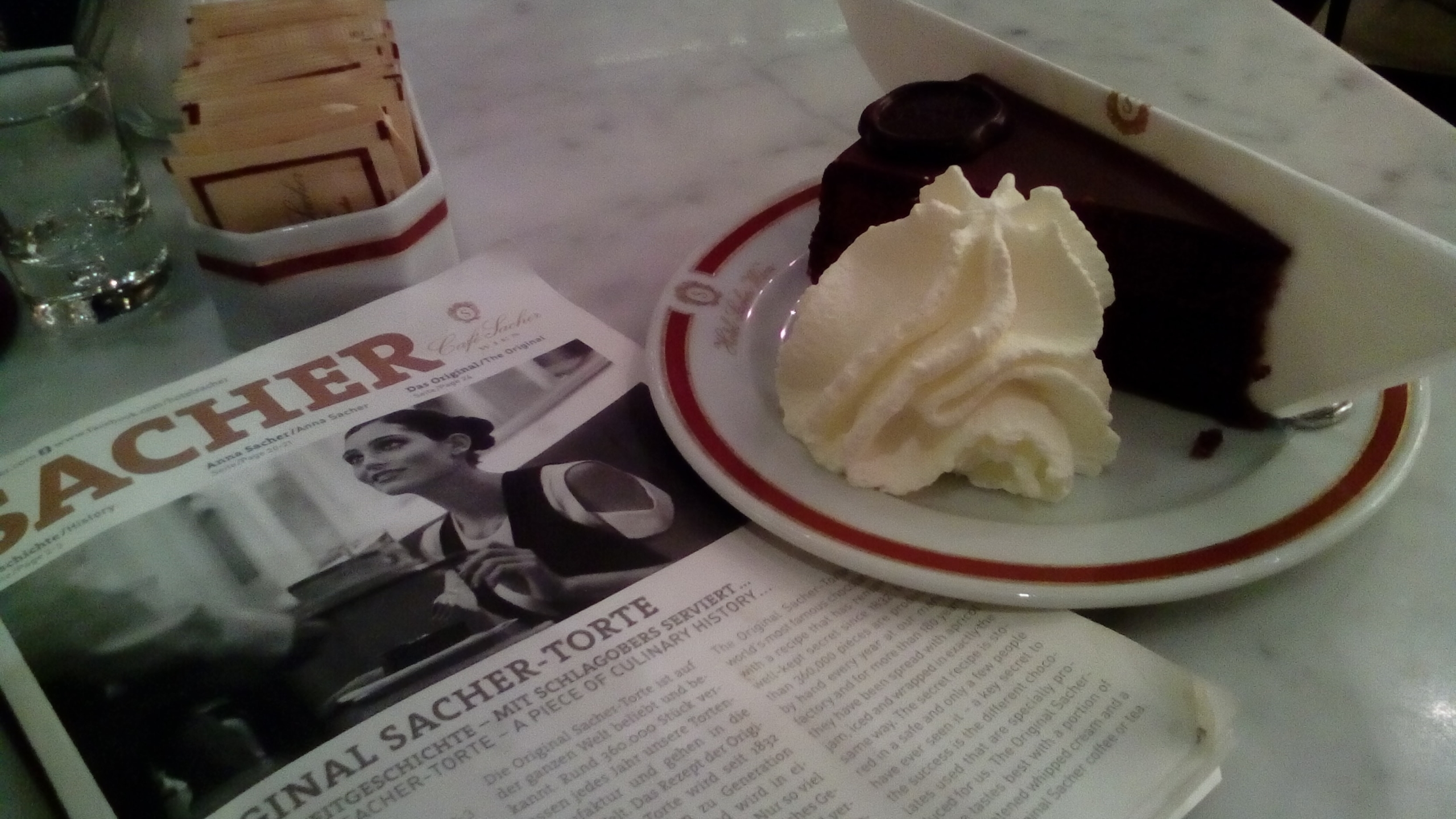
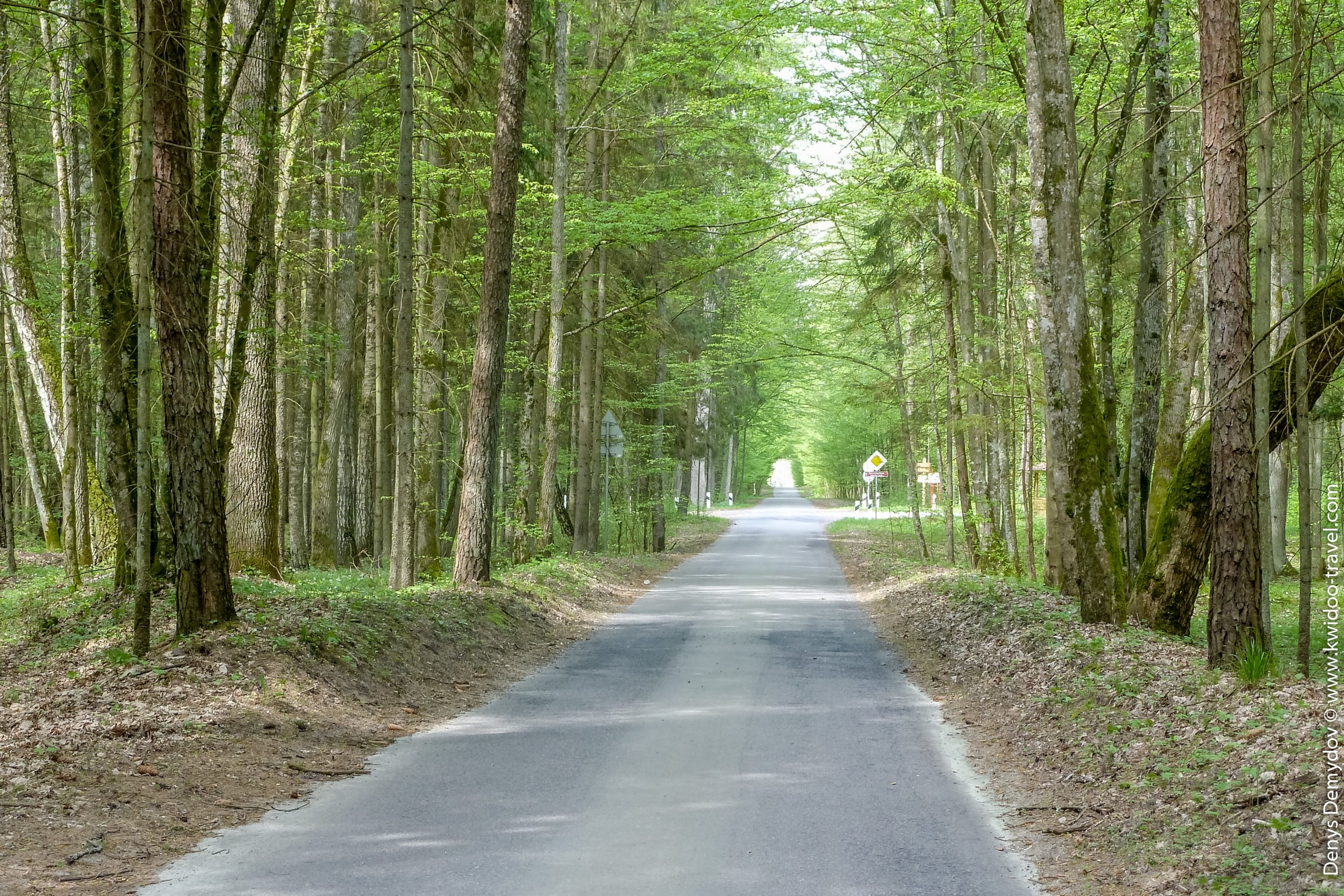
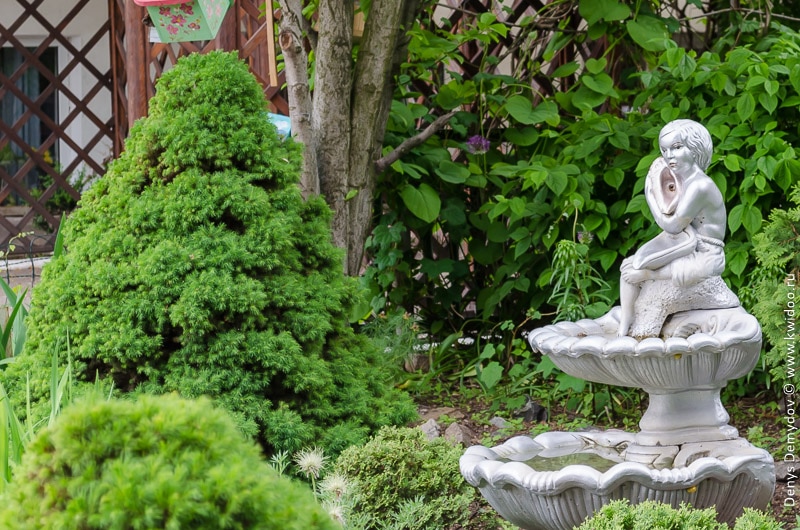

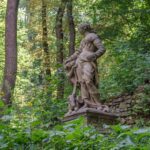
Leave a Reply
Want to join the discussion?Feel free to contribute!